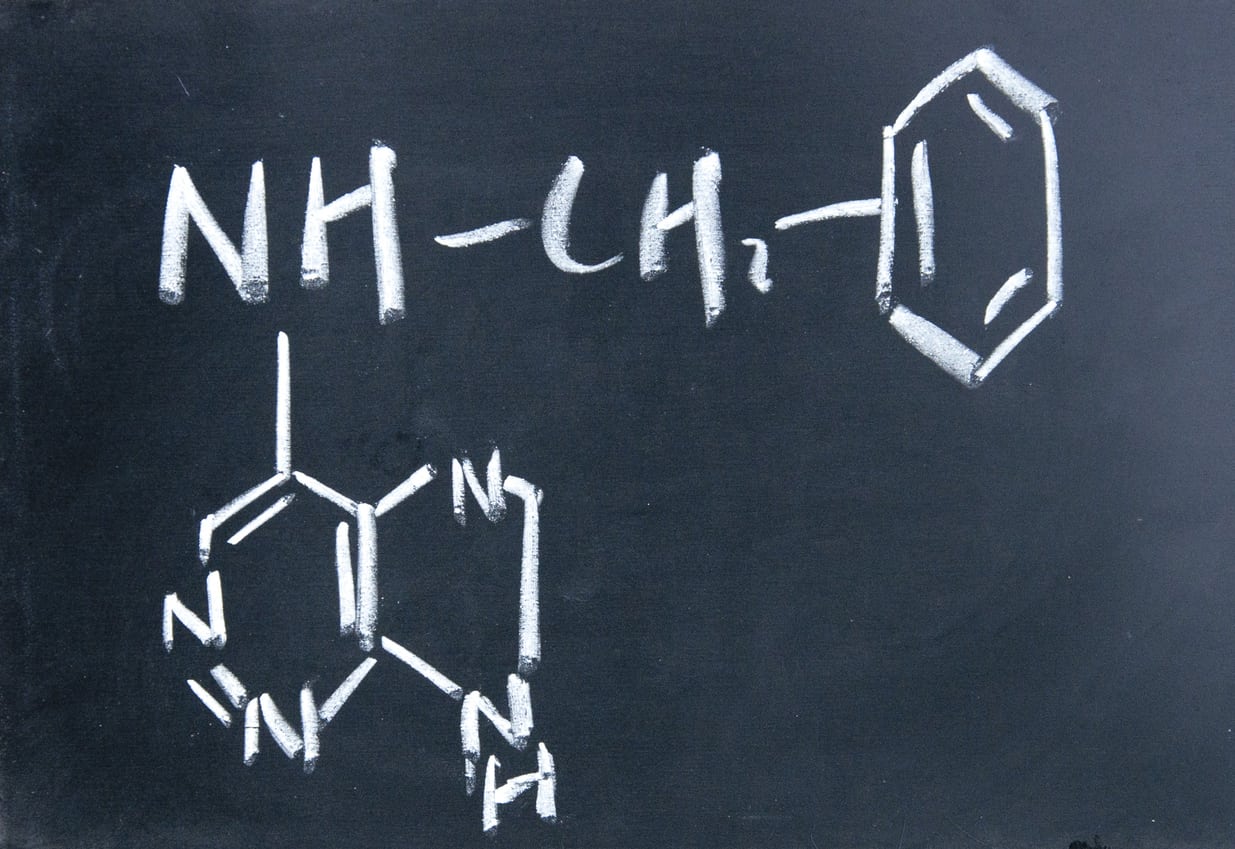What Is a Plant Growth Regulator – Learn When To Use Plant Hormones


Plant growth regulators, or plant hormones, are chemicals that plants produce to regulate, direct, and promote growth and development. There are synthetic versions available to use commercially and in gardens. When to use plant hormones depends on your plants and the goals you have for their growth.
What is a Plant Growth Regulator?
A plant growth regulator (PGR) is a natural chemical substance produced by plants, also called a plant hormone, that directs or influences some aspect of a plant’s growth and development. It may guide the growth or differentiation of cells, organs, or tissues. These substances operate by acting like chemical messengers traveling between cells in a plant and play a role in root growth, fruit drop, and other processes.
How Do Plant Hormones Work?
There are six groups of plant hormones that have different roles in development and growth of a plant: Auxins. These hormones elongate cells, start root growth, differentiate vascular tissue, initiate tropic responses (plant movements), and develop buds and flowers. Cytokinins. These are chemicals that help cells divide and bud shoots form. Gibberellins. Gibberellins are responsible for elongating stems and the process of flowering. Ethylene. Ethylene is not required for plant growth, but it does affect the growth of shoots and roots and promotes flower death. It also induces ripening. Growth inhibitors. These stop plant growth and promote the production of flowers. Growth retardants. These slow but don’t stop plant growth.
How to Use Plant Growth Regulators
PGR use in agriculture began in the U.S. in the 1930s. The first artificial use of a PGR was to stimulate the production of flowers on pineapple plants. They are now used widely in agriculture. Plant hormones are also used in turf management to reduce the need to mow, to suppress seedheads, and to suppress other types of grass. There are several PGRs that are approved to be used in various states. You can check with a local university agriculture program to find out more about them and how and when to use them in your garden. Some ideas for PGR use include:
- Using a branching agent to create a bushier potted plant.
- Slowing the growth rate of a plant to keep it healthier with a growth retardant.
- Using a specific PGR to enhance flower production.
- Reducing the need to prune ground cover or shrubs with a growth retardant.
- Increasing fruit size with a Gibberellin PGR.
How and when to apply PGRs will vary depending on the type, the plant, and the purpose, so if you choose to use one, be sure to read the instructions carefully. It is also important to remember that these plant hormones do not substitute for good care or a healthy plant. They won’t fix problems caused by poor conditions or neglect; they only enhance already good plant management.
Gardening tips, videos, info and more delivered right to your inbox!
Sign up for the Gardening Know How newsletter today and receive a free copy of our e-book "How to Grow Delicious Tomatoes".

Mary Ellen Ellis has been gardening for over 20 years. With degrees in Chemistry and Biology, Mary Ellen's specialties are flowers, native plants, and herbs.